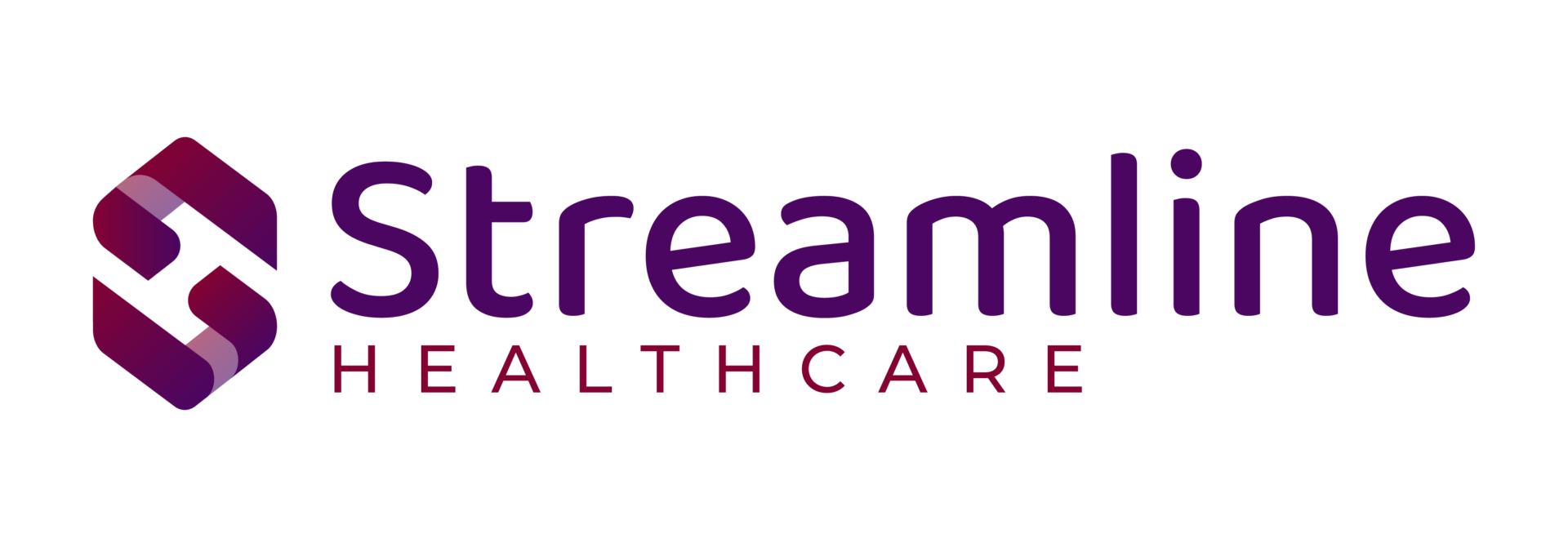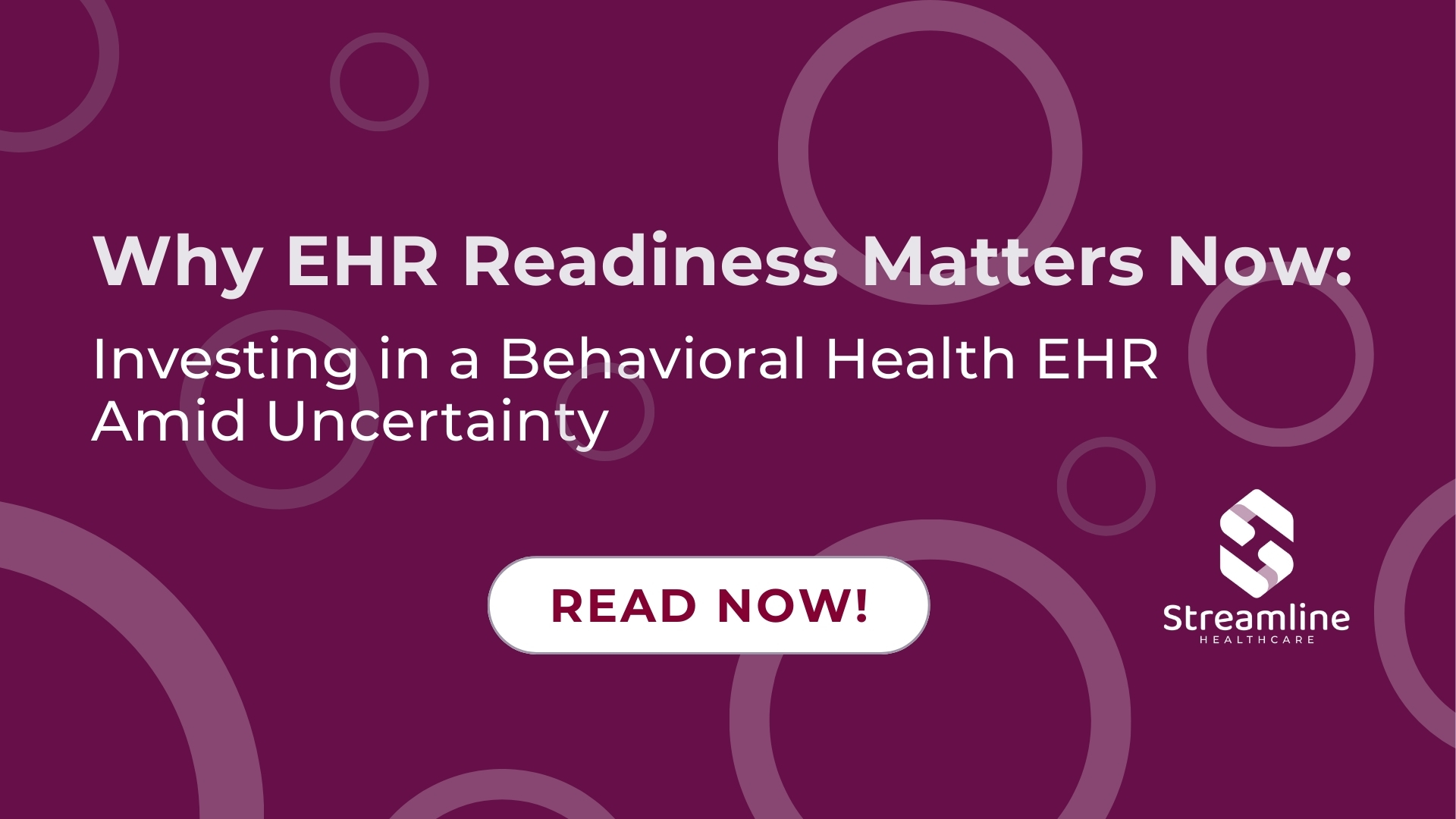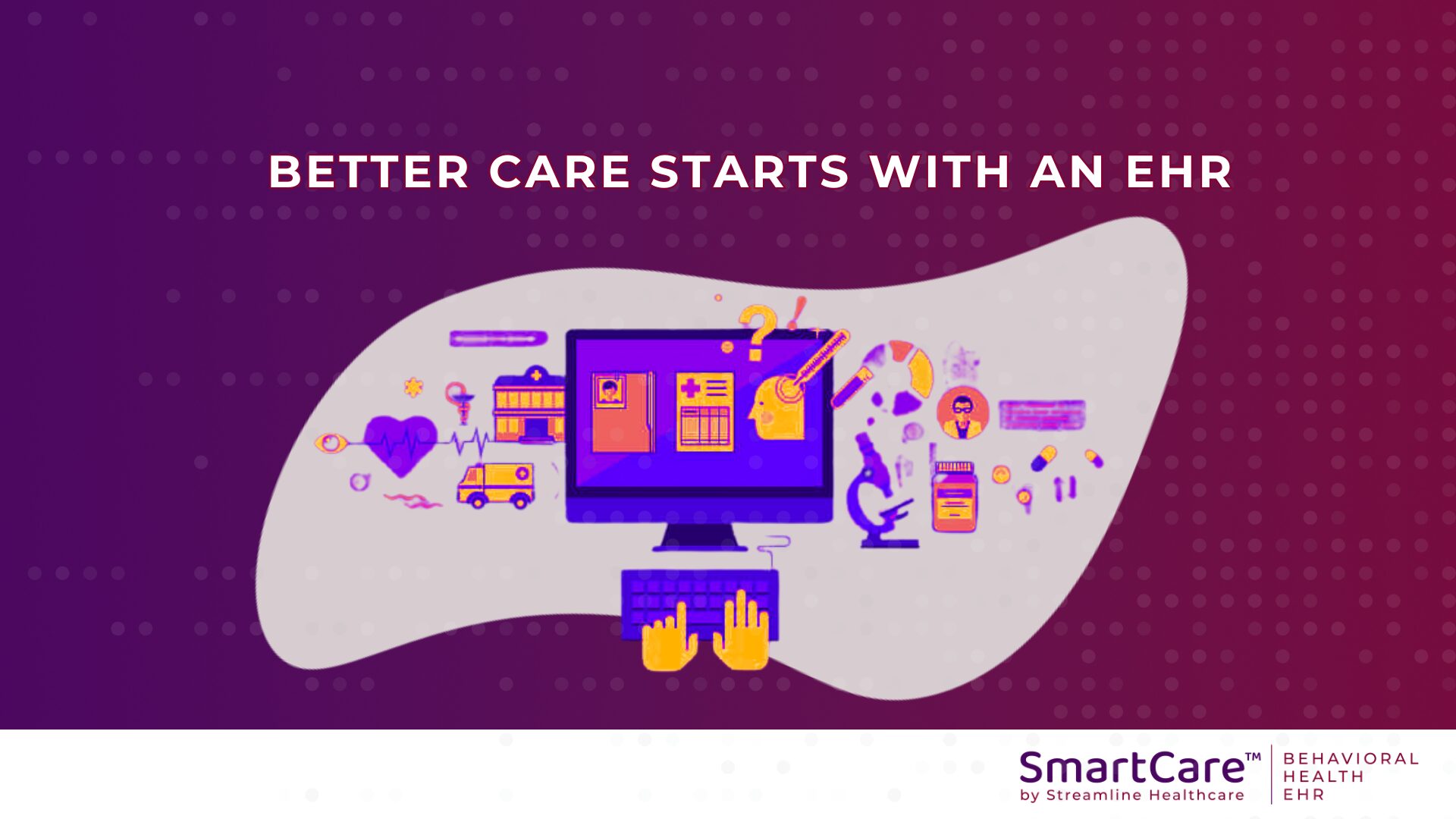If your behavioral health agency is using an electronic health record (EHR) system to measure outcomes and report data, you know that there are numerous reporting techniques.
Payers like Medicare, Medicaid, and private insurers use these reporting techniques to measure client outcomes. This allows the payer either to provide bonus payments under incentive programs, or withhold payments for undesirable outcomes. In this way, healthcare systems are migrating from fee-for-service (FFS) to value-based payment (VBP) models.
Different reimbursement programs require different types of reporting. Unfortunately, the “alphabet soup” of acronyms for different reporting methods can be confusing and overwhelming. Let’s decipher some of these reporting types.
1. Meaningful Use (MU)
MU is an incentive program by the Centers for Medicare and Medicaid Services (CMS) to encourage EHR use. An effective EHR can help improve quality, safety and efficiency, while helping to reduce health disparities. This can mostly be done in a meaningful manner by e-prescribing and should be used to submit clinical quality measures (CQM).
2. Merit-Based Incentive Payment System (MIPS)
CMS’s MIPS adjusts payments based on a provider’s performance. Under MIPS, providers can receive significant financial incentives, or significant payment penalties for non-compliance.
Provider performance is measured by a “MIPS Composite Performance Score,” made up of four sections:
- Quality, based on CMS performance measures; the provider chooses six performance measures that best fit the practice, one of which must be either Outcome or High Priority
- Cost, which is calculated by CMS based on the provider’s Medicare claims
- Promoting EHR interoperability, according to MU, which involves proactively sharing information with other clinicians or the client, such as test results and visit summaries
- Improvement activities, which includes activities that assess how the provider improves care processes, enhances patient engagement, and increases access to care
Each of these sections has different weights in the composite score. Clinical Improvement is 15 percent, Quality and Resource Use are each 30 percent, and EHR Use is 25 percent.
3. Clinical Quality Measures (CQMs)
CQMs, part of the MU and MIPS Reporting systems, help a health care system continue to deliver effective, safe, patient-centered care. CQMs also allow payers and providers to track quality of care. Measurements used in CQMs include:
- Patient and family engagement
- Patient safety
- Care coordination
- Population/public health
- Clinical effectiveness
- Efficient use of healthcare resources
4. Certified Community Behavioral Health Clinics (CCBHCs)
CCBHCs have helped expand mental health and addiction treatment access in their communities. The reporting technique for CCBHCs is based on the fact that CCBHCs can transform care access in their communities when they have an incentive to provide comprehensive, coordinated, evidence-based care. This includes compensation for the cost of care.
The reporting procedure for CCBHCs has a unique list of measures. Some examples include:
- CQM 2= Screening for clinical depression and follow-up plan
- CQM 68= Documentation of current medications in the medical field
- CQM 155= Weight assessment and counseling for nutrition and physical activity for children/adolescents
5. Inpatient Psychiatric Facility Quality Reporting (IPFQR)
IPFQR follows unique measures and scoring for data annually reported on inpatient stays. This reporting is required for all inpatient psychiatric facilities paid under the Inpatient Psychiatric Facilities Prospective Payment System.
The IPFQR Program helps provide consumers with quality information that can help them make more informed healthcare decisions. This includes giving clients data about quality measures that assess and encourage improvement in the quality of care for mental illness.
For example, a client’s discharge from an inpatient stay would be added to the IPFQR Reporting. This is monitored through reports, with the user manually modifying data as applicable and generating a final report for submission to the program.
6. Treatment Episode Data Set (TEDS)
TEDS is maintained by the Center for Behavioral Health Statistics and Quality, under the Substance Abuse and Mental Health Services Administration. However, this reporting technique is different for each state.
TEDS systems include records for about 1.5 million substance abuse treatment admissions annually. The treatment episode details allow for differentiation between state service designations and individual organization programs. This makes it easier to assess what programs are working and why. It also allows multiple episodes to be tracked at one time and within the same duration of care, if applicable.
7. Healthcare Effectiveness Data and Information Set (HEDIS) Measures
The National Committee for Quality Assurance (NCQA) established HEDIS measures to evaluate the quality of care provided by special needs plans (SNPs). HEDIS includes standardized performance measures that are intended to help purchasers and consumers reliably compare health plan performance.
Using HEDIS performance data, SNPs can identify and track areas of improvement. These measures relate to significant public health issues, from cancer and heart disease to smoking and diabetes. Some HEDIS measures include care for older adults, controlling high blood pressure, follow-up after hospitalization for mental illness, and board certification.
Moving to Value-Based Reimbursement for Behavioral Health
The move from FFS to VBP models is one example of how healthcare is constantly changing and evolving. Because these reporting mechanisms will form the base of value-based reimbursement, behavioral health organizations should understand them and determine which reporting technique matches their unique, holistic healthcare procedure.
Behavioral health organizations also must have access to all the data necessary to complete that reporting. This includes choosing a dedicated EHR partner that will help guide you every step of the way. For more information on how Streamline can help your organization meet your specific state reporting requirements, please contact us at info@streamlinehealthcare.com.




